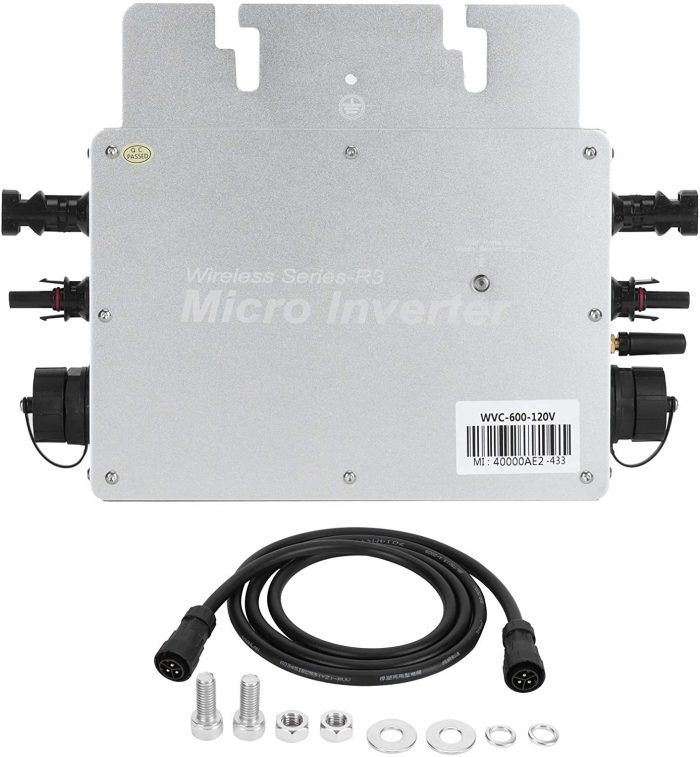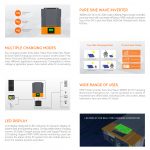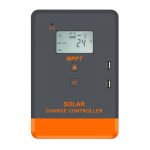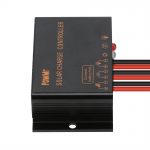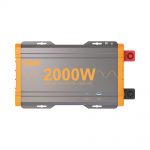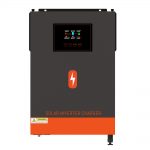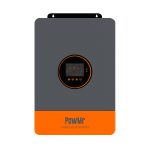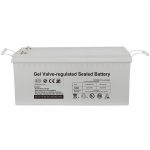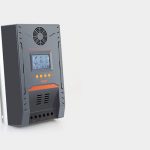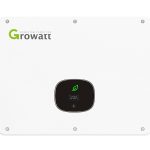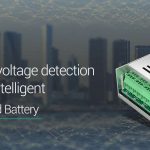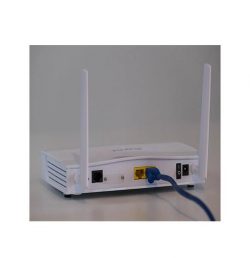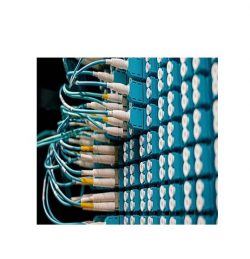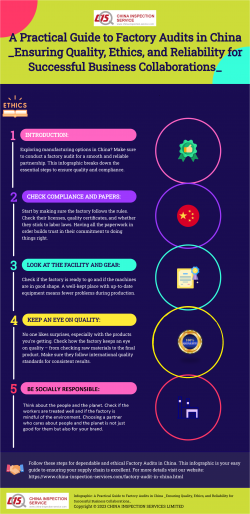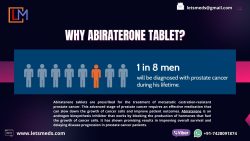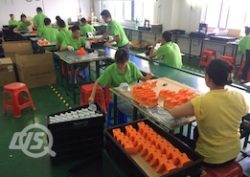The inverter converts the energy provided by the grid into direct current
In addition, Powmr’s batteries are bundled in an attractive package to suit any home style layout. Powerful batteries provide backup power during power outages, and there is almost no need for emergency generators. These household UPSs are good at running every household machine, including TVs, refrigerators, ventilation and cooling systems, etc. We hope that you have understood the difference between UPS and inverter and figured out which power system best suits your needs. This article introduces the differences in switching time and backup time requirements between UPS and inverters. You need to keep these differences in mind when choosing a power backup solution for your home or office.
Check the powmr website for a comprehensive selection of power inverters and choose the one that suits you best! In electronic equipment, a sudden increase or decrease in power supply can damage sensitive components. When power fluctuations occur, the inverter and UPS system can protect the safety of the computer. In addition, this is also the reason why the system generates solar energy waste. The maximum power point tracking controller can make up for these shortcomings in practical applications, thereby improving the overall system performance. The difference between MPPT solar controller and PMW controller. The main difference between MPPT controller and PWM controller lies in three aspects. One of the most common problems you may face is that the inverter battery stops charging.
In most cases, it is usually a dead battery or a problem with the class separator. If the battery is within the warranty period, you can buy a new battery or replace the battery. The process of accessing Zelio WiFi on a smartphone is also very simple, not much different from setting up any other mobile apps. You can also choose to add up to 5 five people to access your Zelio WiFi data. Therefore, all family members can know the backup power supply at home at any time. What is an power inverter? Inverters are designed to provide uninterrupted power for the operation of household appliances.
These home inverters have various voltages and load capacities. However, when discussing the difference between an inverter and a UPS, it is necessary to understand that this type of backup power system contains an additional DC (battery) power source to store the converted energy. WP5048D is a Solar Charge Controller that can charge 36V and 48V solar charge controllers. This 50a solar charge controller is a new generation of multifunctional intelligent solar charge and discharge controllers that can handle up to 100V input power and With 12V/24V/36V/48V automatic identification system.
Innovative structural design makes the controller installation safer and more reliable. Let’s start with the basic knowledge of powmr’s top inverter battery. What is an inverter battery? During the life of the inverter, the battery plays a vital role. The inverter converts the energy provided by the grid into direct current, and the battery is a device that stores the direct current. In the event of a power outage, the inverter draws power from the battery and converts it back to AC form to run all household loads. On the other hand, it is not mechanical tracking technology that physically moves the module in the direction of the sun to convert more solar energy into electrical energy.
The MPPT solar charge controller is an intelligent electronic device that looks at the power output of the solar cell array that feeds the charge controller, and looks at the battery pack that needs to be charged and matched voltage and current to utilize the maximum output. solar panel. The type of solar charger controller and where to buy it. When you rely heavily on solar energy in your daily life, it is very important to understand the correct use of the solar controller. Solar charge controllers come in various sizes, shapes and types.
You will find MPPT solar charge controller, PWM Solar Charge Controller, 40A solar charge controller and 30A solar charge controller. Choose the average operating load from your total power requirements. That is, how many loads are running on the inverter on average. It can vary from 50% of peak load to balanced peak load or total power requirements. After measuring the peak load and average operating load (watts), they are converted to VA (the available market configuration of all the best home inverters in the world). According to Ohm’s law, current is inversely proportional to voltage, but the PWM solar controller does not do anything to the current. Once the high voltage from the solar panel is converted into usable 12 volts, the output current will be equal to or less than the input current. Calculate.
